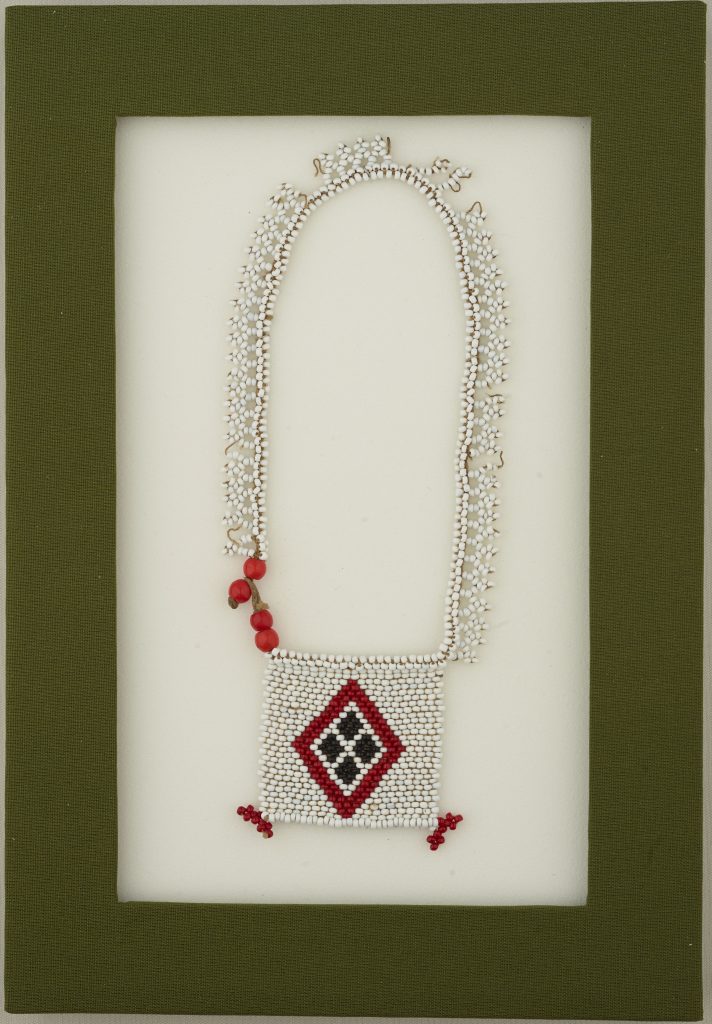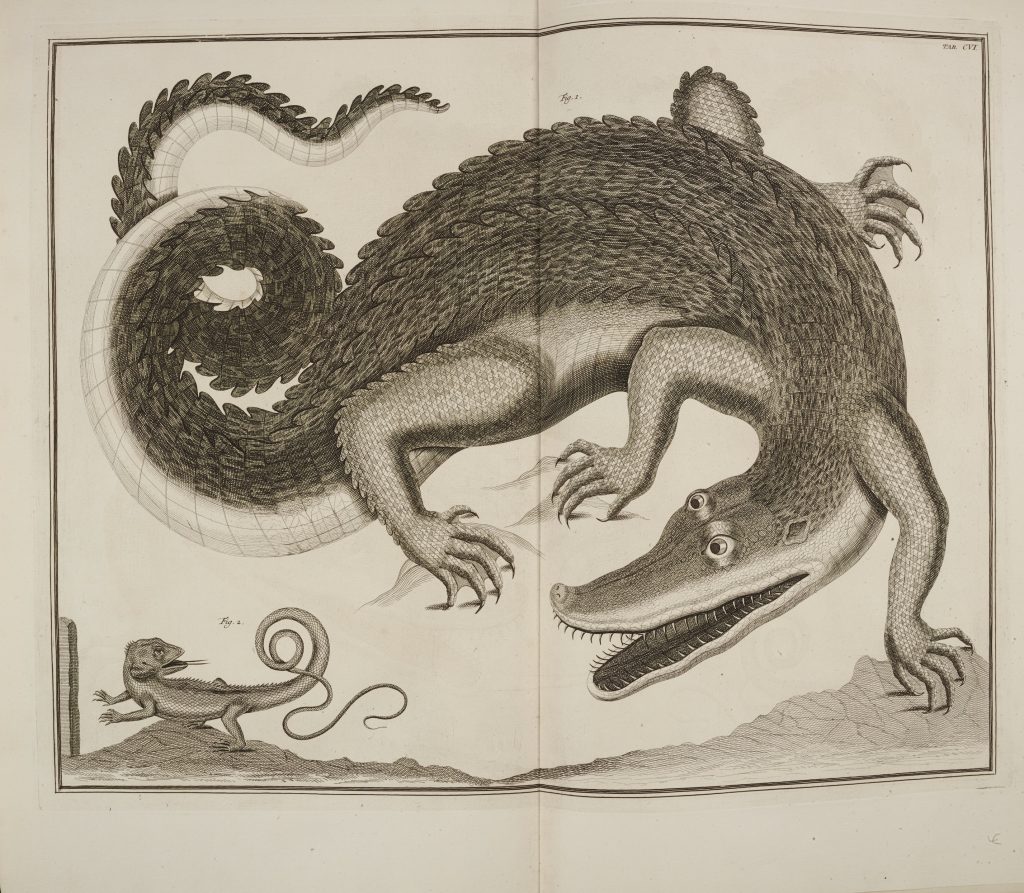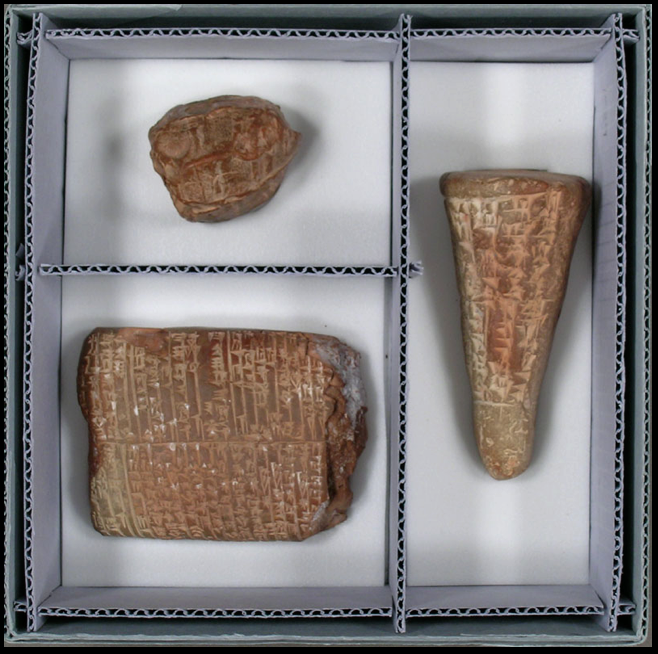 A record-breaking number of people arrived at Wilson Library last night to view Rooms of Wonder: From Wunderkammer to Museum, 1565-1865 , an exhibition from the collection of alumna Florence Fearrington (A.B. 1958). The extraordinary assemblage of books, prints, and objects captivated an audience of over 200 students, faculty, and friends, who came from near and far. Exhibition goers had the opportunity to examine a range of important items that document the cabinets of curiosities phenomenon, from the first book to illustrate a specimen cabinet (1565) to a P. T. Barnum show bill advertising living wonders (1863).
A record-breaking number of people arrived at Wilson Library last night to view Rooms of Wonder: From Wunderkammer to Museum, 1565-1865 , an exhibition from the collection of alumna Florence Fearrington (A.B. 1958). The extraordinary assemblage of books, prints, and objects captivated an audience of over 200 students, faculty, and friends, who came from near and far. Exhibition goers had the opportunity to examine a range of important items that document the cabinets of curiosities phenomenon, from the first book to illustrate a specimen cabinet (1565) to a P. T. Barnum show bill advertising living wonders (1863).
Also on display were objects from the North Carolina Collection Gallery’s natural history holdings and the Rare Book Collection’s own Curiosities Cabinet (mostly non-codex examples from the history of the book), all of which recall the contents of Wunderkammers past and greatly enhanced the exhibition experience.
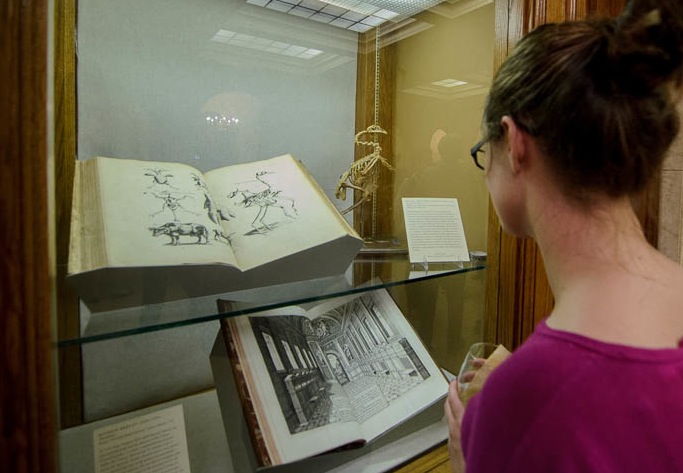
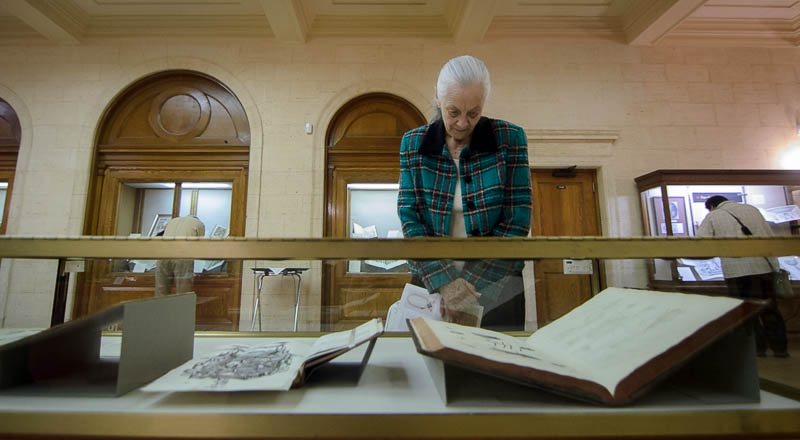

After the viewing and reception, people headed down to the Pleasants Family Assembly Room to hear a lecture entitled “The Cabinet of Curiosities in Word and Image: 500 Years of Representation (and Misrepresentation),” delivered by the leading scholar on Wunderkammers and the origins of museums, Arthur MacGregor, former curator of antiquities at Oxford University’s Ashmolean Museum.


The overflowing crowd was also accommodated in a room on the other side of Wilson’s lobby, where a live audio-video stream enabled those seated there to follow the speaker’s every word and projected image.
MacGregor gave a sweeping survey of cabinets of curiosities, analyzing the degree to which many of the arresting renderings of Wunderkammers matched—or failed to match—their textual descriptions. It was an expert exploration of the topic, and appreciated by all in attendance. UNC is grateful to Mr. MacGregor, and, of course, to Ms. Fearrington for such a special evening.
The show will be up for the next two months, and we suspect that we’ll see many of you in the Saltarelli Exhibit Room again and again, as this is an exhibition that repays revisiting. Also, mark your calendars for a future Rooms of Wonder lecture on Saturday, April 5, by Prof. Pamela Smith of Columbia University.


